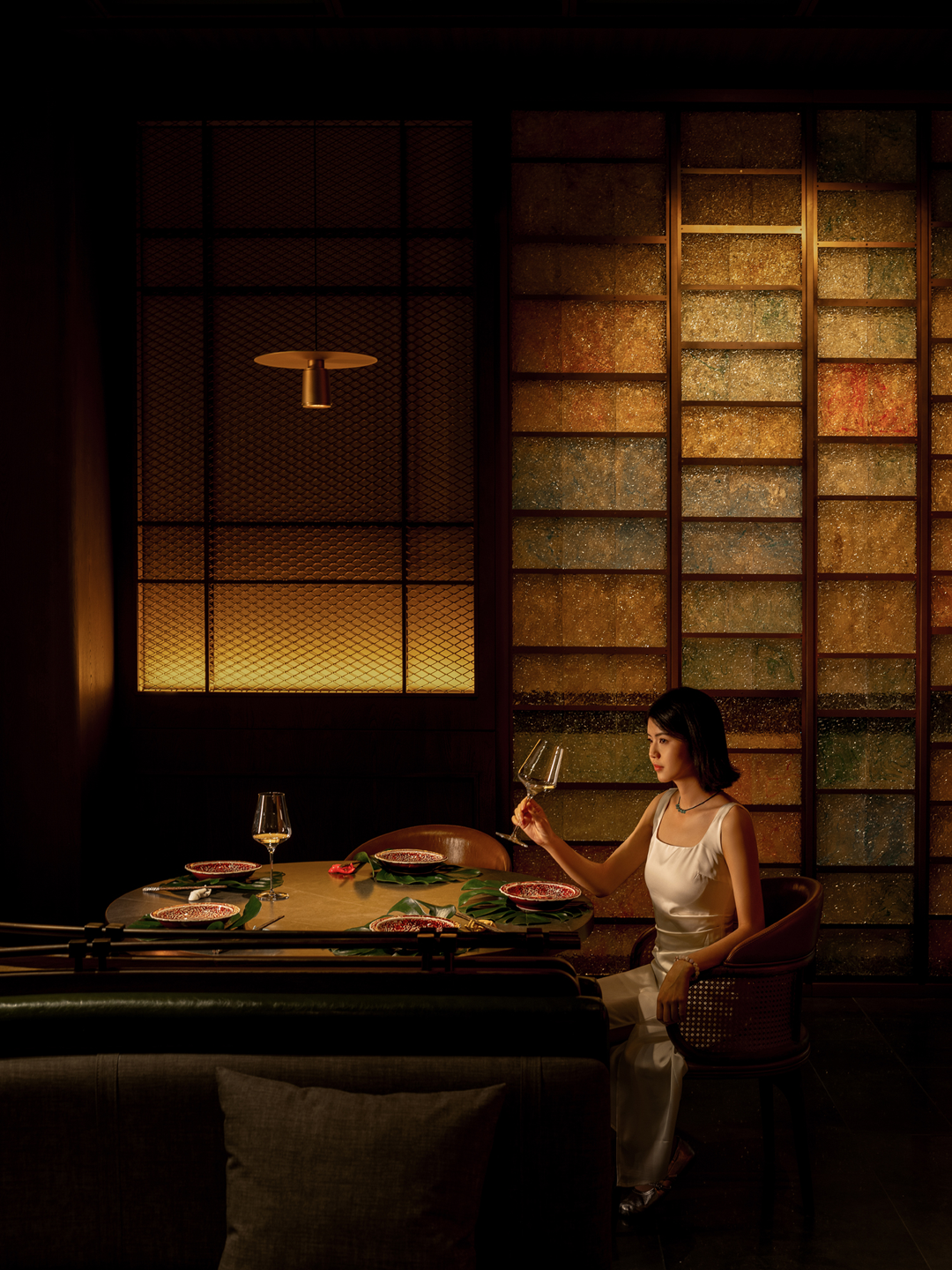Sustainability Sophistication Guide Archisbangs Renovation of a 1960s Building near Turin
2021-01-28 17:34
While it’s generally agreed that greater sustainability is achieved by refurbishing rather than replacing existing building stock as there are clear advantages in terms of time, cost and community impact, it’s also acknowledged that the former approach can dampen creativity and produce uninspiring results in terms of design. A recent project by architectural practice Archisbang demonstrates that such a predicament can be avoided. Case in point, the recently completed renovation of a 1960s residential building’ Located on the outskirts of Ivrea, a small Italian town, an hour’s drive north of Turin - once the industrial hub of the now defunct Olivetti company - this bland, non-descript housing block has been transformed into a contemporary residence of minimalist sophistication and sculptural rigour.
Photography © Aldo Amoretti
Photography © Aldo Amoretti Photography © Aldo Amoretti
Photography © Aldo Amoretti
Photography © Aldo Amoretti Photography © Aldo Amoretti
Originally featuring a hipped roof, overhangs and narrow, wrap-around balconies, the decision was made to strip the three-floor building down to its elemental cubic volume. Structural reinforcement and energy-saving insulation now further emphasise the structure’s cube-like massing by increasing the thickness of the building shell, while the application of rough lime mortar and the introduction of large rectangular openings have imbued the exterior with a sculptural sensibility. To allow for flexibility in its future use, the building has been reconfigured into three apartments that can also be merged into a single unit – a configuration that is whimsically reflected in the three different mortar textures on the facades – with a large apartment on the second floor and two smaller apartments on the first floor separated by a 180-degree rotating wooden panel. To allow for separate entrances, the team added discrete exterior staircases in a light-weight metal, whose graphic, geometric simplicity doesn’t however detract from the volume’s cubic purity.
Photography © Aldo Amoretti Photography © Aldo Amoretti
Photography © Aldo Amoretti Photography © Aldo Amoretti
Photography © Aldo Amoretti Photography © Aldo Amoretti
The sculptural minimalism of the building’s exterior continues inside with polished concrete floors, rough plaster finishes and exposed board-form concrete surfaces, the latter featured in the master bedroom as well as the communal stairwell which is now gently illuminated by the addition of a large skylight. Doors, window frames and furniture in natural wood add warmth and softness to the otherwise muted, monochromatic, and stripped-down interiors, while the generous views of the surrounding forest add colour. While the living spaces take over the two upper floors, the ground level houses auxiliary spaces for car parking and laundry, as well as a wine cellar where the rocky terrain on which the building stands is dramatically revealed. However, what may be the most dramatic change in the building’s renovation has been reserved for the rooftop which has been transformed into a pool terrace where the residents can enjoy both a swim and panoramic views of the Alps – all in all, not too bad for an otherwise unremarkable, 50-year-old house that would have been normally demolished.
Photography © Aldo Amoretti Photography © Aldo Amoretti
Photography © Aldo Amoretti Photography © Aldo Amoretti Photography © Aldo Amoretti
 举报
举报
别默默的看了,快登录帮我评论一下吧!:)
注册
登录
更多评论
相关文章
-

描边风设计中,最容易犯的8种问题分析
2018年走过了四分之一,LOGO设计趋势也清晰了LOGO设计
-

描边风设计中,最容易犯的8种问题分析
2018年走过了四分之一,LOGO设计趋势也清晰了LOGO设计
-

描边风设计中,最容易犯的8种问题分析
2018年走过了四分之一,LOGO设计趋势也清晰了LOGO设计












































